This detailed report from the World Bank offers an incisive review of the global economy going into 2017, with a focus on the world’s developing regions. Low prices for commodities, especially oil, and monetary tightening in the United States are the two major challenges facing policy makers worldwide. Although these changes may lead to good consequences in the long term, they may be difficult to endure in the short run. This exhaustive economic analysis is especially relevant for economists, global investment managers and international bankers. getAbstract also recommends it to anyone with a professional interest in the global economy, including individual investors.
Changes for Good or Ill
The global economy faces two notable challenges: a rise in interest rates from monetary tightening in the United States and the multiple impacts of lower commodity prices. Growth has been discouraging, particularly in some of the bigger developing and exporting nations. But analysts predict that global growth will rise from 2.8% in 2015 to 3.2% in 2016–2017.
In the wake of the third-largest decline in oil prices since 1986, and with interest rates rising, developing countries’ investor appeal has diminished. Although some oil importers may be less vulnerable to economic shocks because of lower oil prices, the positive aspects of those savings have yet to appear. Reduced oil prices promise benefits to the poor, more than 70% of whom live in oil-importing nations. But a decrease in commodity prices could mean weakness ahead for lower income countries. As financial conditions tighten, developing countries face the threat of currency depreciation and lower capital inflows. Although some currencies already have fallen against the US dollar, especially those of commodity-exporting developing countries, moderate depreciation may not have much of a ...










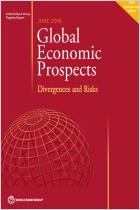

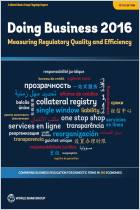

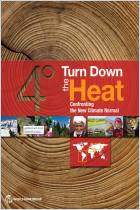
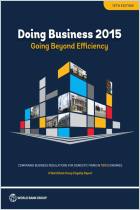
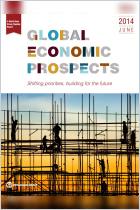
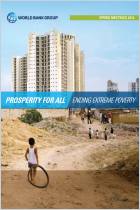
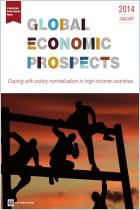


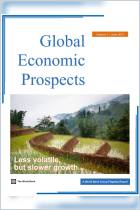
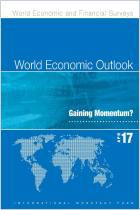
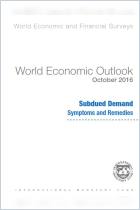



Comment on this summary or Démarrer une discussion